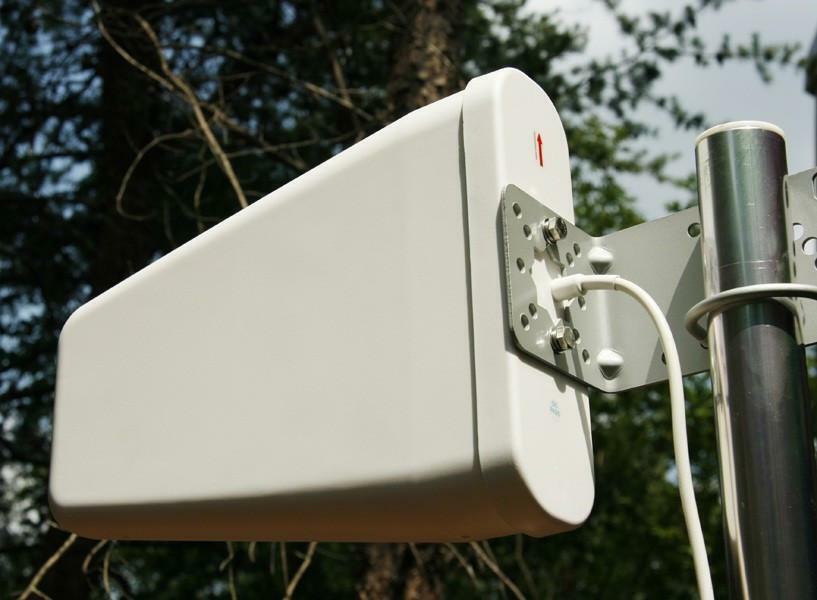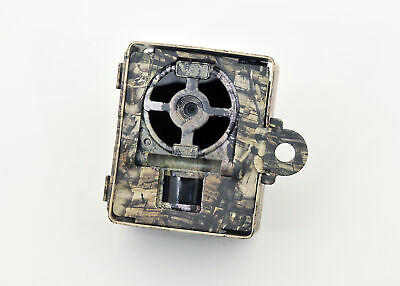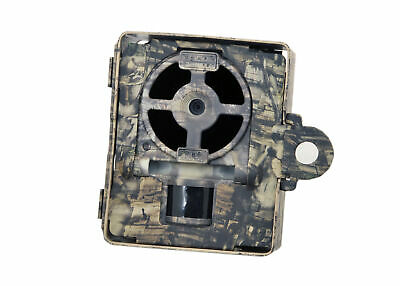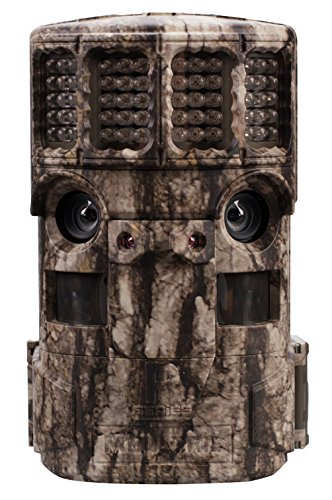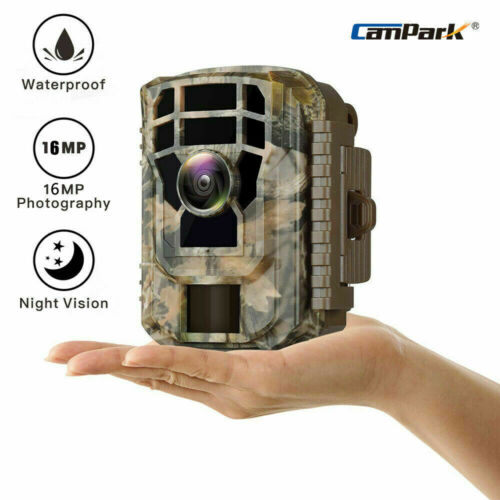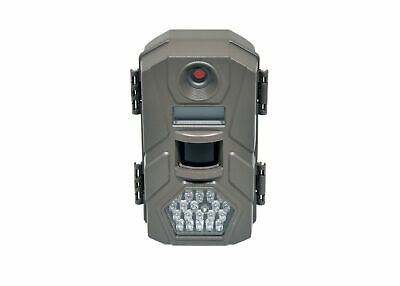-40%
Booster Antenna for Cellular Trailcams, Directional High Gain Fits Spypoint
$ 35.34
- Description
- Size Guide
Description
In truly challenging signal environments this directional antenna is the best possible solution to achieve improved or useable signal. The directional antenna is directly pointed at a transmission tower by rotating the antenna and monitoring the received signal until peak reception is achieved. After tuning a signal reception of 8dB to 10dB is possible. In addition to the signal improvement the antenna itself can bring, the included 12’ cable allows the antenna to be placed significantly higher which can also have dramatic improvements in reception. The white composite housing may be painted to reduce its visibility using standard, nonmetallic, spray paint. The included mounting bracket is designed to attach to round piping but is easily modified to mount on a wide variety of surfacesMy personal experience with this antenna is that I had one bar consistent on a Verizon GoCam. It was sending reliably until the trees leafed out in the spring. I found a tower location map online and determined the general direction to point the antenna. I mounted it to a stick of 1" conduit and strapped that to a tree as high as I could. With the antenna pointing towards the cell tower I went from 0-1 bars to now 1-2 bars and reliable picture transmitting.
High-GainOutdoor Directional Cellular Antenna replaces wireless scouting camera stock antenna for higher signal strength. Compatible with AT&T, Verizon, Blugrass, Cellcom, U.S. Cellular and T-Mobile. Works On All Cellular Bands. 9.0 - 10 dBi Gain. Directional, Vertical Polorized. Easy and quick to install(U pipe mounting hardware included. Pipe is not included). Designed for Use In Fixed Applications. 5 ft Ultra low loss coax cable with the connector to connect directly to wireless scouting camera. Size: 17-1/2 inches by 8-1/4 inches by 2-1/2 inches(without mounting hardware). Weight: 1 lbs(without mounting hardware)
In order to produce the best gains an antenna needs to be unidirectional, meaning it must be aimed directly at the transmission source. With this antenna it is held straight out and moved in 10 degree increments until a signal peak is detected. This peak represents the direction of a cellular transmitter. For best results a complete 360 degree circle should be made as there could be multiple towers to receive from and there could also a peak when the antenna is facing exactly away from the antenna as it is perfectly lined up but facing away. This "back course" peak would obviously be much weaker as the antenna is designed to be point at the tower not away from it. Similar to the magnetic antenna, the directional antenna is a remote mounted design. This time the antenna comes with 15 feet of RG58 cable. RG58 cable is visibly larger and is superior to the RG174 cable used on the magnetic mount, in every way. This is necessary when using longer lengths as RG58 looses only .18 dBm per foot. Using 15 ft of included cable gives us around 2.7 dBm of signal loss. However the directional antenna produces a whopping 11 dBm of signal improvement. This provides a net gain of 8.3 dBm. Make no mistake, this is a lot of signal improvement. This means that if any signal is present in the area of deployment, this antenna can be used to make the camera transmitly there is an intangible factor to be considered with any remote mounted antenna, altitude. Altitude does wonderful things for cellular reception. Since cellular transmissions are a high frequency, short wave length type of signal, the do not adhere to the curvature of the earth. That means, that for all practical purposes, cellular transmissions are line-of-sight signals. Having the ability to mount the antenna almost 15 ft higher than the camera can provide a huge boost to usable signal, simply because it has a better "view" of the cellular tower that it is pointed at. This altitude gain can also compensate some amount of terrain blocking due to hills or valleys. Having said that, it won’t compensate for placing the camera in a deep ravine, remember there has to be some signal present for any antenna to work as they don't invent signal, they just receive the ambient signal with more directional antenna comes standard it what is affectionately referred to as "snow camo". However it readily accepts a customized finish from a can of spray paint or any other type of crafty finish that can be thought up. Keep in mind that it is an antenna, so things like metallic paint (seriously metallic paint for camo?) or large amounts of items adhered to the antenna for camo should be avoided. The best results seem to come from the obvious color choices such as OD green, tan and brown. A single color or combination of these colors based upon the area of deployment, go surprisingly far in making this antenna blend in.
Real world improvement 1.5-2 barsActual signal gain: 8.3 dBm
